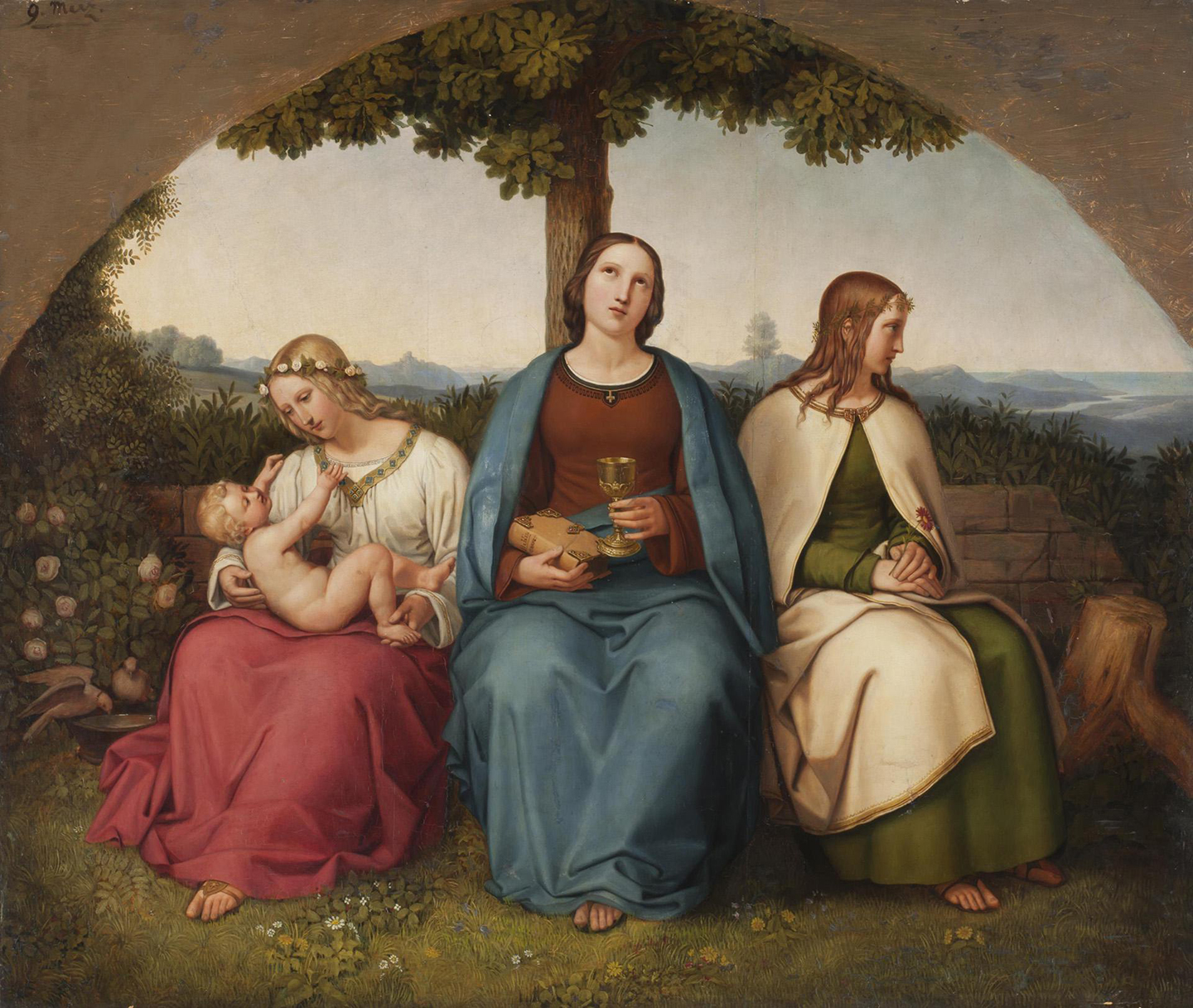What Is the Connection Between Modern Motivation and Age-Old Hope? Part 1
Distressed Patriotic Flag Unisex T-Shirt - Celebrate Comfort and Country $11.29 USD Get it here>>

Is there a connection between motivation and hope? And do we need to know about it?
Let’s immediately dismiss ideas like that found in a Russian proverb: “In the kingdom of hope there is no winter.” We needn’t talk about hope as being mere wishful thinking. Let’s talk about something much more powerful and essential. The Greek myth of Pandora had it just about right: When Pandora disobeyed and opened the box (or jar) letting out all the evils of the world, only—after she had shut the box—did hope remain.
The word ancient Greek poet Hesiod uses for “hope” is “elpis,” which can mean hope but is often also translated as “expectation.” We will come back to this point.
Hope

Hope is something essential to human life according to this myth, for without it we would be lost in despair and depression; we would give up on life. This scenario is not merely fanciful. The world expert on optimism, American psychologist Martin Seligman, the Zellerbach Family Professor of Psychology at the University of Pennsylvania, said in his book, “Authentic Happiness”:
“Optimism and hope cause better resistance to depression when bad events strike, better performance at work, particularly in challenging jobs, and better physical health.”
Václav Havel, former president of the Czech Republic observed that “Hope is not the conviction that something will turn out well, but the certainty that something makes sense, regardless of how it turns out.” In other words, meaning is central to having hope, for if there is not meaning, then what do we hope for?
Also, hope is positive, as even the left-wing political philosopher Ernst Bloch noted in his “The Principle of Hope” (1959/1986): “Hope is in love with success rather than failure.”
And if we consider fiction (keeping in mind Professor Charles Singleton’s astute observation that the greatest fiction of Dante’s “Divine Comedy” is that it is not fiction), we recall that the gate to hell has a sign above it that includes the following message: “Abandon hope all ye who enter here.” Hell is a place where there is no hope.
If we have read the whole of the “Inferno” and met all the characters that Dante encounters there, we see that the damned have no meaning to their lives and no motivation, either. Instead, each person is locked in self-destructive and repetitive behaviors. These behaviors reflect how they lived, only now without the possibility of change. Their existence is robotic in the extreme: All possible human joy has been completely lost to them.
St. Paul describes the three greatest virtues as faith, hope and love. Love is the greatest of these, but we notice that in describing the qualities of love he says: love “bears all things, believes all things, hopes all things, endures all things” (1 Corinthians 13.7). In other words, hope is an integral aspect or facet of love itself.
Motivation is not mentioned by St. Paul and the word is not used elsewhere in the Bible either, but I think it is pretty clear that, if there is hope, then there is motivation, too.
Motivation

But why isn’t the word motivation used in the Bible? Hope is an ancient Anglo-Saxon word (Old English: “hopian,” which suggests the basic idea of “a leaping, or to leap, with expectation”). As a concept, it goes further back still to the Greek language and the Bible.
“Motivation,” as a word, is a relatively recent phenomenon, first occurring in the early 20th century in 1904. This is astonishing, if you think about it, given its ubiquity now: a Google search for the word produces about 1,380,000,000 results, that’s over a billion! But lest we think hope has been superseded, that word produces over 2 billion hits on Google. Both words, then, are highly active in our language; the creation of the word “motivation” so recently suggests some new focus of meaning that the word “hope” itself does not denote.
What that denotation might be is possibly indicated by the time frame in which it occurs: What was significant that happened about the time of 1904 that was different and about to change how human beings thought forever?
Well, perhaps the most obvious thing is that Sigmund Freud had started publishing his works some 13 years earlier, and his book, “The Interpretation of Dreams,” came out in 1899. And lo, educators today find that dreams and hope are closely related. In an article titled “Hope as a Factor in Teachers’ Thinking and Classroom Practice,” authors Collinson, Killeavy, and Stephenson claim, “Not only does hope make life meaningful, it allows us to dream.”
While these authors are using the word “dream” in a layman’s sense of the word (as opposed to the specialist usage of Freud), we might conclude that both senses are related. Consider Freud’s view in his “The Interpretation of Dreams”: “The dream is the liberation of the spirit from the pressure of external nature, a detachment of the soul from the fetters of matter.” Dreaming, even day-dreaming, surely, is exactly that: a liberation of pressure from the external world, which is why we like to indulge in it.

But as the authors also observe, citing the pedagogic expert Freema Elbaz (1992): Hope “seems to be a disposition which lies outside of the technological rationality of modern culture”; and they further add, “Hope also appears to lie outside the disillusionment of the postmodern era.”
In short, we have a situation where “hope” is avoided in the 20th century as a serious topic: It’s far too positive, has too many theological connotations, and so is not, or more accurately, perhaps, cannot be, scientific. “Motivation,” on the other hand, can comfortably fill the gap, since it hasn’t acquired all the historical connotations of “hope.”
While positive in itself, motivation can also manifest in the negative as with the word “demotivation.” There is no word like “de-hope,” only hopelessness, which implies the absence of hope; we don’t have it. We register a zero value for it, and so is not a negative number (or “positive” aversion) as in demotivation.
The importance of this point is, of course, that since there is no negative number for hope, then clearly we all should have it; it has a “value” and its absence therefore means a deficit in us. But a deficit in us would be, in modern thinking, judgmental, and we can’t have that.
Whereas, if we have a negative number for the word “motivation,” then being “motivation negative” about any thing, topic, or value can be just the way things are. No judgement need be implied (although we understand that being motivated generally is better than not being so).
With these preliminary thoughts in mind, then, what is the further difference between motivation and hope and how else are they connected? Part 2 of this article will explore this further.




